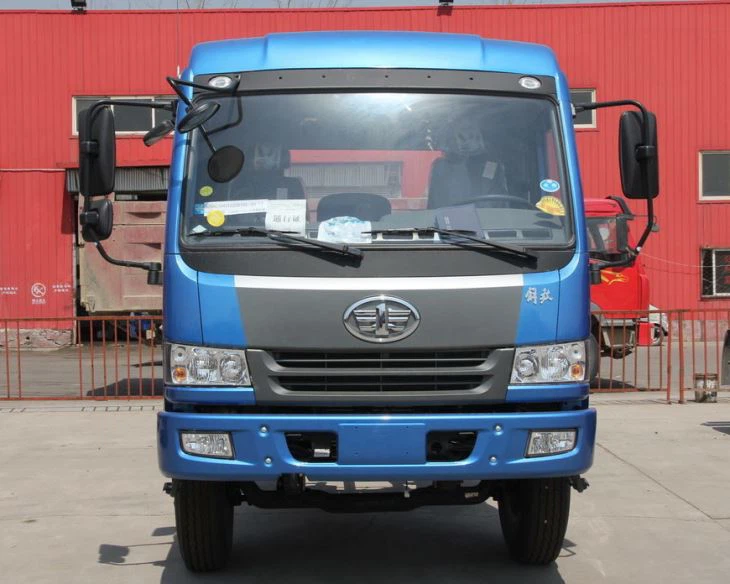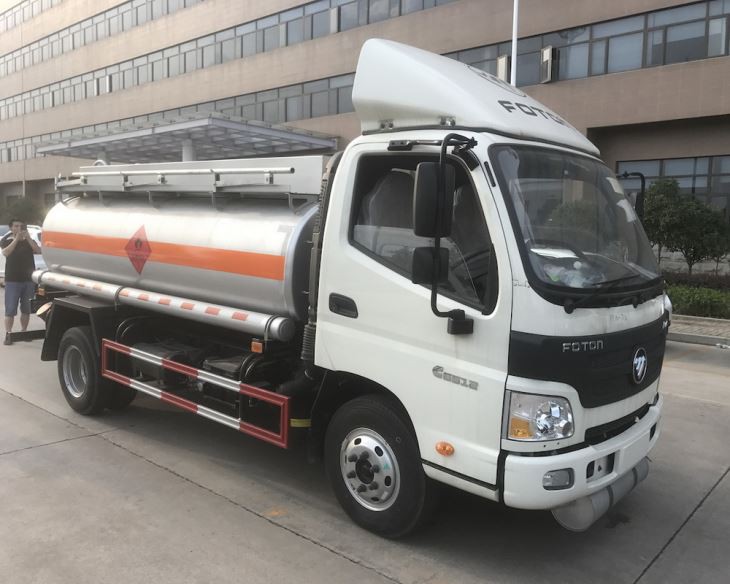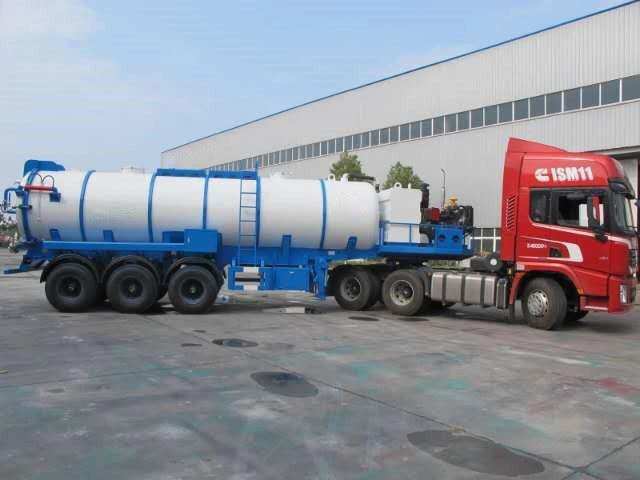Understanding Refuse Equipment: Types, Uses, and Best Practices

Introduction to Refuse Equipment
Refuse equipment is crucial in the waste management industry, enabling the efficient collection, transportation, and disposal of waste materials. As cities expand and populations grow, effective refuse equipment becomes increasingly important to maintain cleanliness and sanitation. This article explores various types of refuse equipment, their uses, maintenance practices, and sustainability efforts in waste management.
What is Refuse Equipment?

Refuse equipment encompasses various machinery and tools designed to handle waste. This equipment is typically used by municipalities and waste management companies to ensure that trash is collected, transported, and disposed of properly. The effectiveness of refuse equipment directly impacts urban sanitation and public health.
Types of Refuse Equipment
1. Refuse Trucks
Refuse trucks are the backbone of any waste collection operation. These vehicles come in different types to handle varied waste profiles.
| Type of Truck | Features | Common Uses |
|---|---|---|
| Rear Loader | Operated from the back; compact design. | Residential waste collection. |
| Front Loader | Equipped with a front-mounted blade; allows for easier loading. | Commercial dumpster collection. |
| Side Loader | Operated from the side; can pick up multiple bins simultaneously. | High-density residential collection. |
| Compost Truck | Specially designed for organic waste; uses aerated hoppers. | Collection of compostable materials. |
2. Compacting Equipment
Compactors reduce the size of waste materials by applying pressure. This equipment is critical for managing large volumes of refuse in limited spaces.
- Static Compactors: Suitable for locations where waste is collected regularly.
- Mobile Compactors: Ideal for temporary sites where transportation of waste is needed.

3. Recycling Equipment
Recycling equipment is vital for transforming waste materials into reusable resources. It includes machinery that separates, shreds, and processes recyclable materials.
4. Litter Vacuum Trucks
These specialized trucks are designed to pick up litter and debris from streets and public areas, ensuring cleanliness and safety in urban spaces.
Applications of Refuse Equipment
1. Municipal Waste Collection
Municipalities utilize refuse equipment to collect household waste, ensuring timely and efficient removal to maintain public cleanliness.
2. Commercial Waste Management
Businesses rely on refuse equipment for the disposal of waste generated during operations, including from restaurants, offices, and other facilities.
3. Construction and Demolition Sites
Construction sites produce large amounts of debris. Refuse equipment like dump trucks and roll-off containers are essential for effective waste management in these scenarios.
Choosing the Right Refuse Equipment
Selecting the appropriate refuse equipment is vital for effective waste management. Factors to consider include:
- Type of Waste: Different types of waste require different handling processes.
- Volume of Waste: Assessing the amount of waste generated helps in selecting the right capacity of equipment.
- Budget: Understand the cost implications of purchasing or leasing equipment.
Maintenance of Refuse Equipment
Proper maintenance of refuse equipment extends its lifespan and efficiency. Recommended maintenance practices include:
- Regular Inspections: Ensure that equipment is checked periodically for any wear and tear.
- Lubrication: Keep moving parts lubricated to prevent friction and damage.
- Cleaning: Regular cleaning prevents the buildup of waste materials that can cause malfunctions.
Preventative Maintenance Schedule
| Maintenance Task | Frequency |
|---|---|
| Inspect hydraulic systems | Monthly |
| Change oil and filters | Every 500 hours |
| Check brakes and tires | Every 100 hours |
| Lubricate moving parts | Weekly |
Innovations in Refuse Equipment
Advancements in technology are transforming refuse equipment into more efficient, environmentally-friendly options. Innovations include:
- Electric Refuse Trucks: Reducing carbon emissions while maintaining performance.
- Smart Waste Management: Incorporating IoT technology for efficient route planning and monitoring.
Sustainability and Refuse Equipment
Implementing sustainable practices in waste management is critical. Engagement in recycling and composting helps reduce overall waste generated. Here are a few best practices:
- Promoting Recycling: Use designated recycling bins and educate the public about recyclable materials.
- Composting Organic Waste: Investing in composting equipment to deal with organic waste sustainably.
Practical Tips for Effective Waste Management
Engaging the Community

Community involvement is essential for effective waste management. Consider organizing awareness programs or clean-up events to promote participation.
Utilizing Technology
Leverage technology for waste tracking and management by using apps or software that allow monitoring waste generation and collection efficiency.
Regular Training for Workers
Providing training for workers on the correct use and maintenance of refuse equipment enhances safety and operational efficiency.
FAQs about Refuse Equipment
1. What types of refuse equipment are commonly used in cities?
Common types include refuse trucks, compactors, recycling equipment, and litter vacuum trucks.
2. How can municipalities ensure proper maintenance of refuse equipment?
Regular inspections, routine cleaning, and adhering to a preventative maintenance schedule will ensure proper upkeep.
3. What innovations are currently being developed in refuse equipment?
Innovations such as electric trucks and smart waste management systems are emerging in the refuse equipment sector.
4. How can businesses reduce waste using refuse equipment?
Businesses can implement recycling programs and engage in composting, utilizing the right refuse equipment to manage their waste effectively.
5. Why is it important to recycle and compost?
Recycling and composting reduce the amount of waste sent to landfills, promoting environmental sustainability and resource conservation.
6. What is the role of technology in waste management?
Technology assists in optimizing waste collection processes, improving route efficiency, and monitoring waste data effectively.
